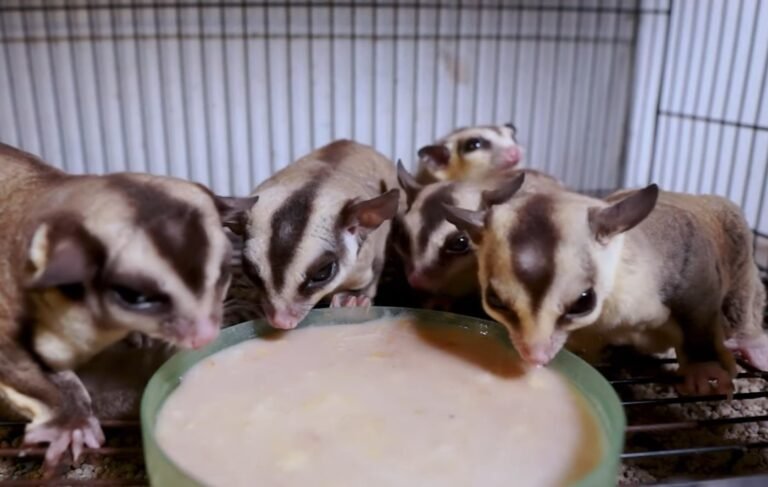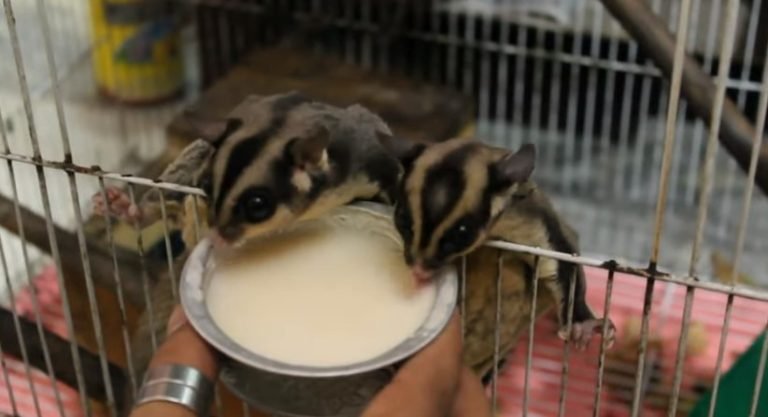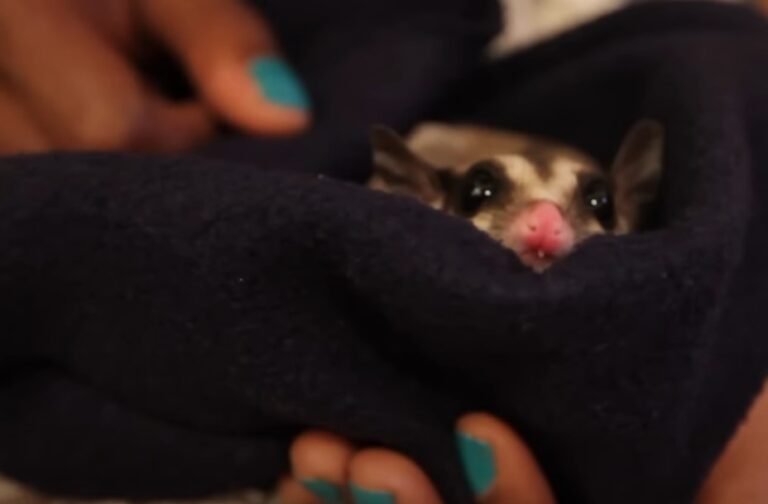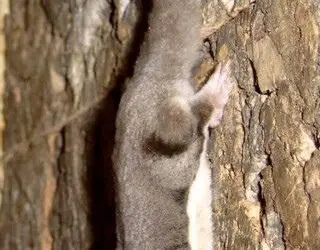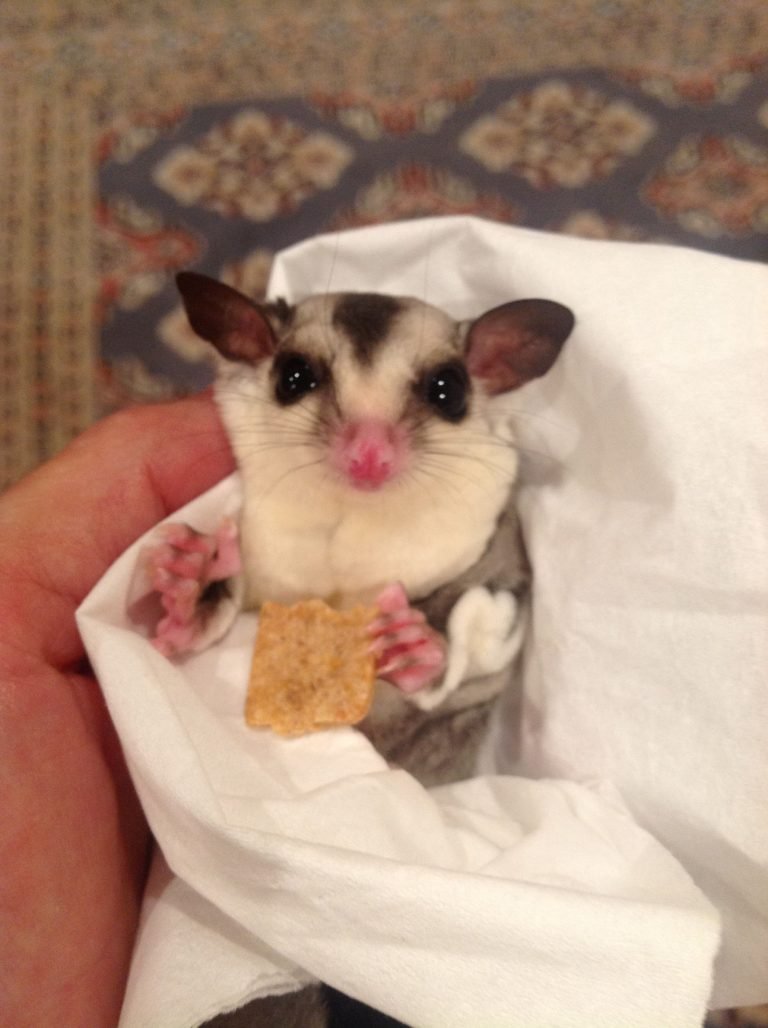How To Set Up A Sugar Glider Cage
Setting up a Sugar Glider Cage
If you are considering getting a sugar glider as a pet, it’s crucial to create a suitable and comfortable habitat for them. One of the essential aspects of owning a sugar glider is setting up their cage. Providing a well-designed and stimulating enclosure will ensure that your furry friend stays happy and healthy. In this article, we will guide you through the process of how to set up a sugar glider cage and provide you with essential tips and considerations.
Choosing the Right Cage Size and Type
The first step to setting up a sugar glider cage is selecting the right size and type.** Sugar gliders are known for their energetic and active behavior, so they require a spacious cage that allows them to climb, jump, and glide. A minimum cage size for a pair of sugar gliders is 36 x 24 x 48 inches, but the larger, the better. Opt for a cage with horizontal bars to facilitate climbing.

Consider the following factors when choosing a cage
1. Bar Spacing: Ensure the cage bars are no wider than 0.5 inches to prevent your sugar gliders from escaping.
2. Material: Look for cages made of sturdy materials like powder-coated metal. Avoid using cages made of plastic or other materials that sugar gliders can chew through.
3. Accessibility: Choose a cage with multiple doors and removable trays for easy cleaning and maintenance.
Creating a Comfortable Environment
Now that you have the perfect cage, it’s time to create a comfortable environment for your sugar gliders.
1. Bedding: Line the bottom of the cage with soft bedding material. Avoid using wood shavings as they can cause respiratory issues. Opt for materials like fleece or paper-based bedding instead.
2. Nesting Box: Sugar gliders love to have a cozy and warm place to sleep. Provide a small nest box or pouch inside the cage for them to curl up in. You can purchase a suitable nesting box or create one using a small cloth bag.
3. Branches and Perches: Sugar gliders are natural climbers. Add branches and perches of various sizes inside the cage for them to explore and climb on. Ensure the branches are clean and free from any toxic substances.
4. Toys and Enrichment: Keep your sugar gliders entertained by providing various toys and enrichment items. Specially designed sugar glider toys like swings, tunnels, and ladders will stimulate their natural instincts and prevent boredom.
Setting Up the Right Diet and Feeding Station
Sugar gliders have specific dietary requirements, and it’s essential to set up a proper feeding station within their cage.
1. Food Bowls: Provide separate bowls for water, fruits, vegetables, and a specialized sugar glider pellet mix. Choose ceramic or stainless-steel bowls that are sturdy and easy to clean.
2. Fresh Water: Ensure your sugar gliders have access to fresh water at all times. Use a water bottle with a sipper tube attached to the cage for easy drinking.
3. Variety of Foods: Sugar gliders are omnivores and require a balanced diet. Offer a mix of fresh fruits, vegetables, protein sources like cooked chicken or boiled eggs, and a specialized sugar glider pellet mix. Provide a varied diet to ensure they receive all the necessary nutrients.
Other Considerations
1. Temperature and Lighting: Sugar gliders are sensitive to temperature and lighting conditions. Keep their cage in a warm area, away from drafts and direct sunlight. Use a low-wattage heat lamp if necessary. Provide natural light during the day and ensure they have a dark and quiet space for sleeping.
2. Safety Measures: Sugar gliders are curious creatures and can quickly get into trouble. Remove any hazardous items from their cage, such as wires, toxic plants, or small objects that they could swallow. Sugar gliders are prone to getting caught in mesh or wire, so ensure the cage is escape-proof.
3. Cleaning and Maintenance: Regularly clean the sugar glider cage to maintain hygiene. Replace bedding, wash bowls, and toys, and clean the cage bars and surfaces with mild soap and water. Avoid using harsh chemicals or cleaning agents that could be toxic to your pets.
Frequently Asked Questions
Q: How often should I clean the sugar glider cage?
A: It is recommended to clean the cage at least once a week. However, spot cleaning should be done daily to remove any soiled bedding or food waste.
Q: Can sugar gliders be housed together?
A: Yes, sugar gliders are social animals and thrive when housed in pairs or small groups. Ensure the cage size is appropriate for multiple gliders.
Q: What are some suitable toys for sugar gliders?
A: Sugar gliders enjoy toys that encourage climbing, swinging, and exploration. You can provide shredded paper, tunnels, ropes, and glider-safe wheels for them to enjoy.
Q: Can sugar gliders be trained?
A: Yes, sugar gliders can be trained to some extent. They can be taught to use a litter box and respond to their names. Training requires patience, consistency, and positive reinforcement.
Final Thoughts
Setting up a sugar glider cage requires careful planning and consideration for the needs of these unique pets. By providing a spacious and stimulating environment, a proper diet, and regular maintenance, you can ensure that your sugar gliders live a happy and healthy life. Remember to always prioritize their safety and well-being, and enjoy the wonderful companionship that sugar gliders bring into your home.



